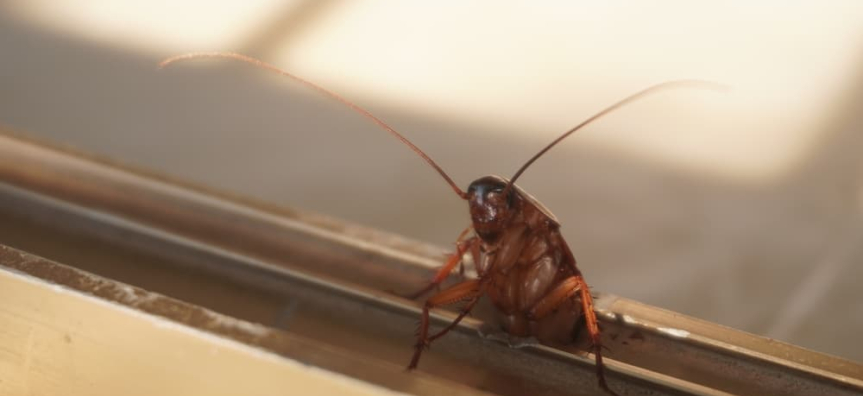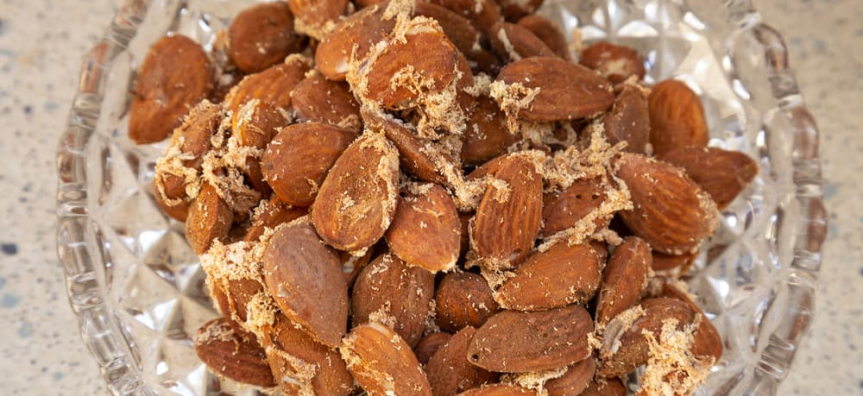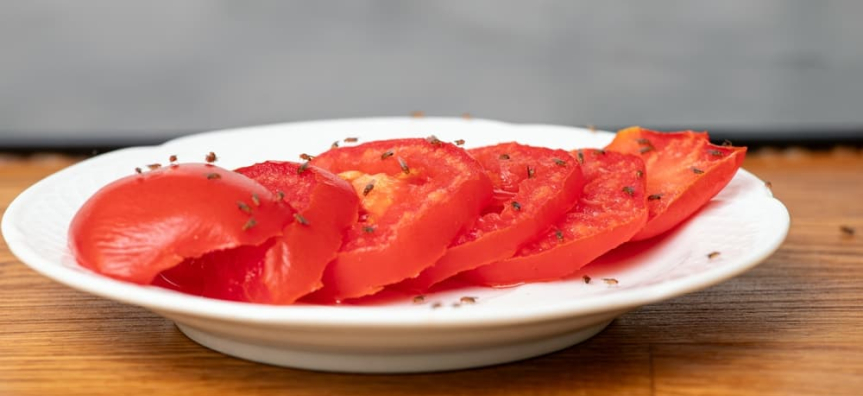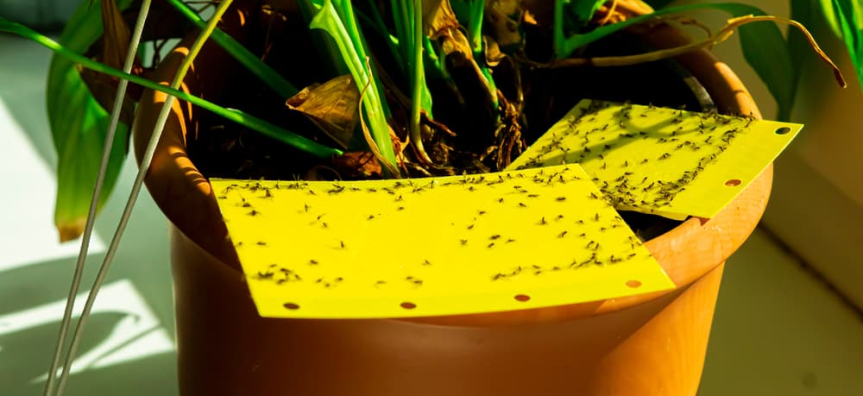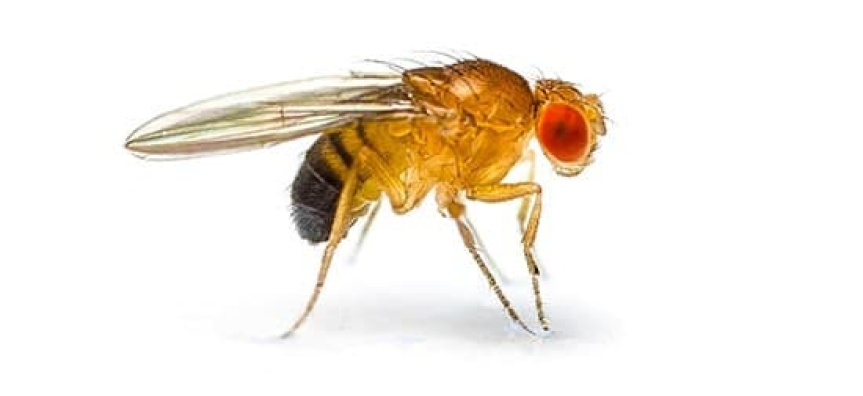Warmer temperatures make for a pleasant start to the year, but they also mean ideal conditions for tiny unwanted visitors in your kitchen.
Cockroaches, flies and moths are pesky, persistent and unpleasant, and worse, they can transmit bacteria that may make you ill.
Here’s how to know what to look out for and how to avoid them:
Fruit or vinegar fly
Notable for their red eyes and long, brownish yellow or black bodies, fruit or vinegar flies commonly infest over-ripe fruit and vegetables, and fermenting liquids like beer, cider, vinegar and wine. They seek out damp or moist homes to lay their eggs, unrinsed bottles and cans, indoor and outdoor rubbish bins, used mops and rags, standing water, floor mats and blocked sinks.
Given the average muma fly lays up to 100 eggs a day, which become reproductive adults within a week, a small problem can quickly overrun your kitchen. Eliminate damp sources and either cook or compost over ripe fruits to avoid potential infestation.
Pantry moths
Pesky pantry or an Indian meal moths are notable for their grey-coloured wings with bronze or tan tips, erratic flight patterns around your pantry and near-invisible silk webbing or faeces. Unsealed food containers and spilled food create an irresistible smorgasbord for female moths looking to lay their miniscule eggs. The hungry caterpillars that hatch, crawl into cereals, dried fruits, spices, seeds, nuts and other dried food to feast before settling in tight spaces (hinges and screw crevices) to emerge into adult moths ready to start the cycle again.
Infestations often come when you inadvertently bring home eggs and caterpillars in dried foods. Food should be destroyed and containers and cupboards given a thorough clean.
Fungus gnats
Small black flies hovering around your house plants? These are likely fungus gnats or house plant or sciarid flies. Mostly harmless to plants and humans, they nevertheless can become a nuisance in the home. Their tiny worm-like larvae live in the top 5 to 8cm of compost, where they feed on algae, fungi and plant roots. Healthy house plants usually tolerate this minor root damage, but the larvae can harm seedlings or weak plants.
To eradicate, water plants less often, use a gravel mulch to break the fungus gnat lifecycle and stop them breeding or use sticky traps around the base of your plants to capture culprits.
Cockroaches
Universally despised, cockroaches are unsightly, contaminate food and surfaces and cause food poisoning, diarrhoea and more. Signs of a problem include brown, oval-shaped droppings like coffee grounds, oval-shaped egg cases and a strong oily or musty smell. Cockroaches are attracted by messy or dirty surfaces, feast on rubbish, faeces, crumbs and other food scraps and seek out shelter in warm, damp corners close by.
Because they breed so quickly and can flatten their bodies to hide nearly anywhere, cockroaches are extremely difficult to get rid of. It’s far easier to block up holes and keep surfaces clean to stop them entering your home than having to eradicate an infestation. Other tips include storing food in tightly sealed containers, and regularly removing rubbish bags, and cleaning bins, recycling containers, surfaces and equipment.
Control and eradicate the infestation immediately and if necessary use traps, baits and spray or engage the services of a Licenced pest controller.
For more information visit the CSIRO website.

